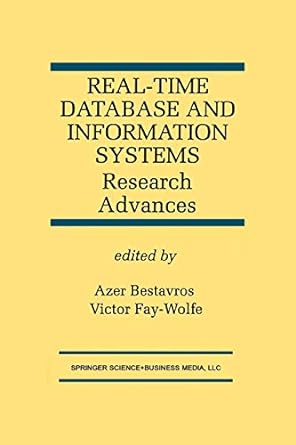Answered step by step
Verified Expert Solution
Question
1 Approved Answer
Consider a binary variable Markov Random Field ( p ( mathbf { x } ) = Z ^ { - 1 }
Consider a binary variable Markov Random Field pmathbfx Zprodijphixi xj defined on the n times n lattice with phixi xj eleftprod xi xjright for i a neighbor of j on the lattice and ij A naive way to perform inference is to first stack all the variables in the tth column and call this cluster variable Xt as shown below for a times lattice. The resulting graph is then singly connected. What is the complexity of computing the normalization constant based on this cluster representation? Compute log Z for n
You need to provide your software code for answering logZ for n Give also your answer for logZ so that we do not need to run code.
Step by Step Solution
There are 3 Steps involved in it
Step: 1

Get Instant Access to Expert-Tailored Solutions
See step-by-step solutions with expert insights and AI powered tools for academic success
Step: 2

Step: 3

Ace Your Homework with AI
Get the answers you need in no time with our AI-driven, step-by-step assistance
Get Started


